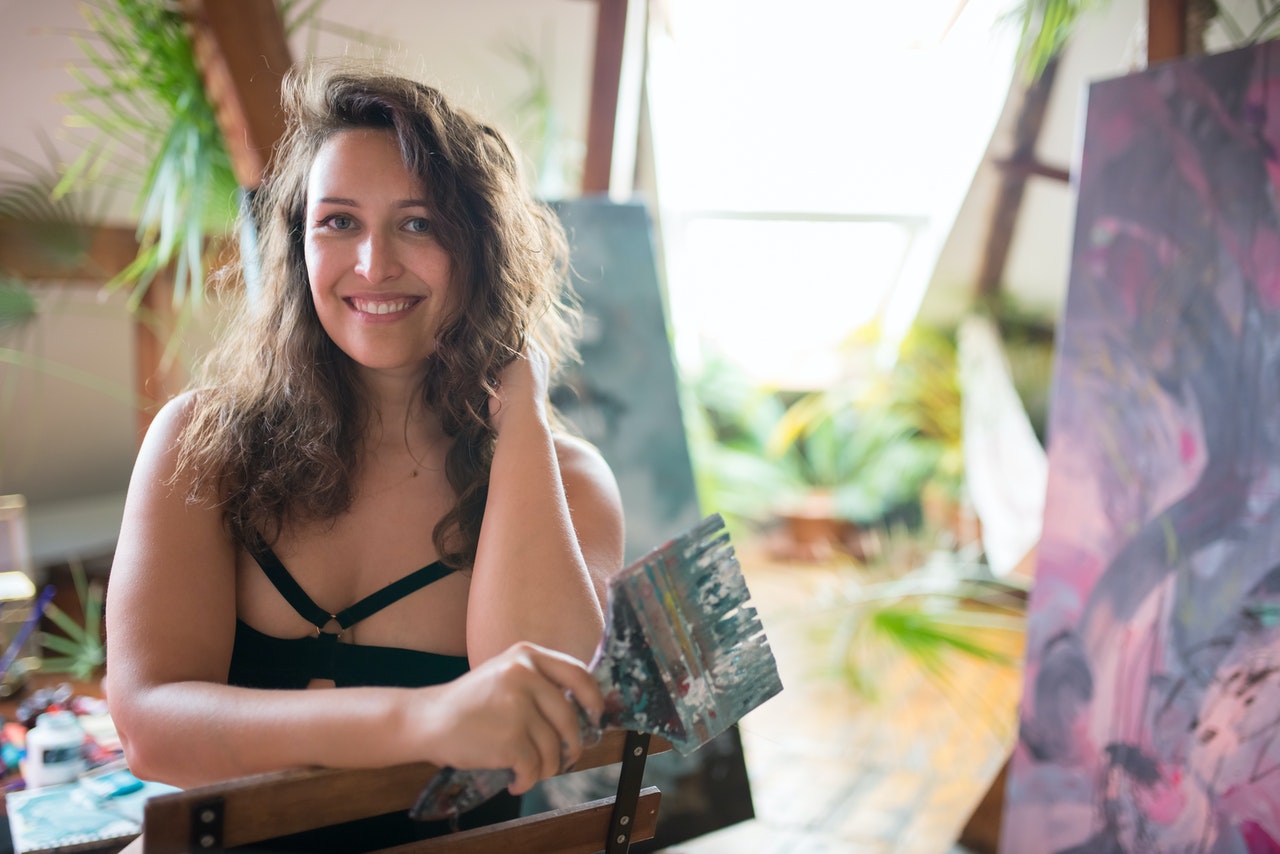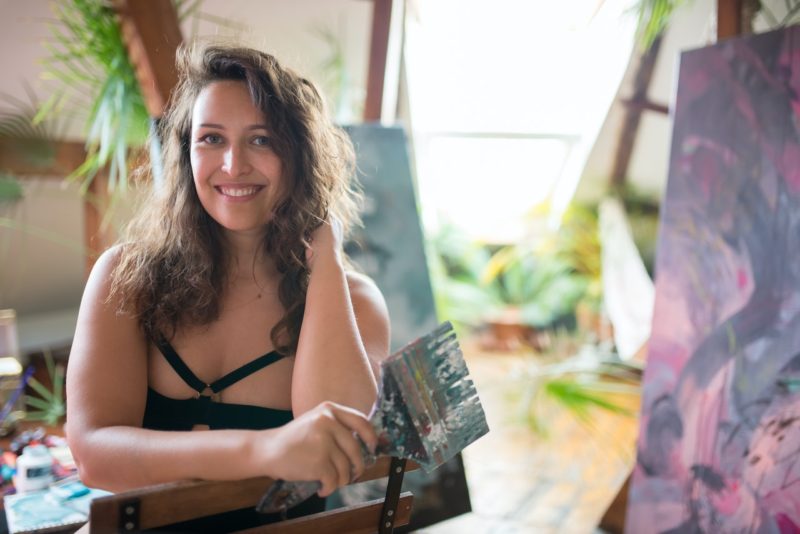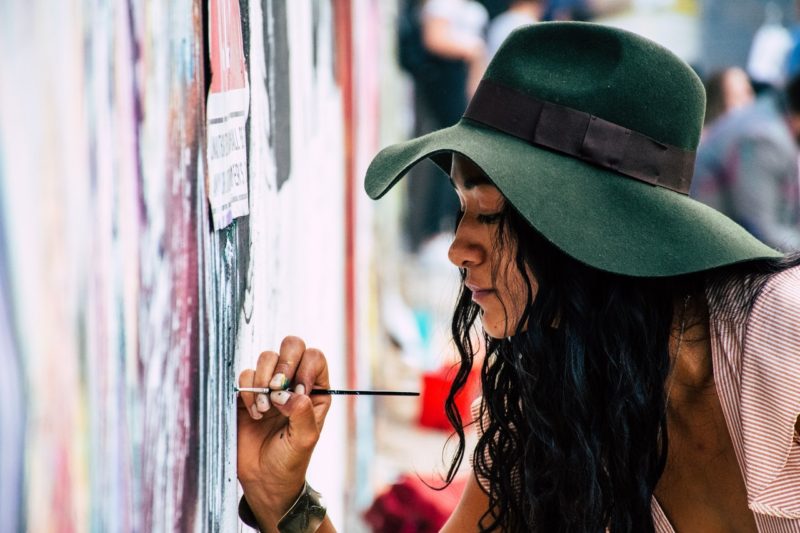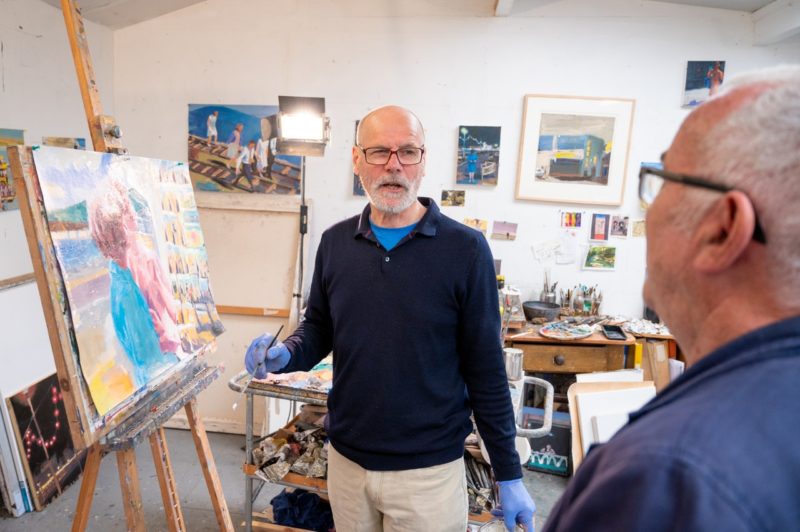Self-Taught vs. Formal Art Education: Pros & Cons

Finding a way to learn art is one of the most serious dilemmas for would-be contemporary artists. To enter an art school or to become an artist without education? And is a fine art degree as beneficial as people say? These and more questions are standing in the way of every creative individual. Let’s try to weigh the pros and cons of self-learning and formal art education to find out what works best in current times.
Is a self-taught artist a bad artist?
Out of two ways of becoming an artist, self-education is a harder one. While you don’t need to spend money on art schools, colleges, or art programs, you have to do a lot of homework by yourself. Trying different techniques, discovering art history, choosing art supplies are just some of the responsibilities you have to take as a self-taught artist.
On a positive note, you won’t be restricted by the curriculum. It means that you shouldn’t strictly follow the program and hence can learn art in an untraditional way. Overall, self-learning implies more control and discipline from a person who wants to become a successful artist.
Does formal art education correspond with contemporary art?
Pursuing formal art education is a more common way to develop and hone your visual art skills. Apparently, you don’t get it for free, so it can pose a problem for people with a limited budget. As well as self-education, formal education is also a demanding activity. You shouldn’t expect someone to do work for you.
The biggest advantage of formal education is the range of quality knowledge that every student can acquire. Moreover, you might well get a chance to work hand in hand with some famous masters.
As they say, you get what you pay for. When you choose formal art education, you have teachers and mentors qualified to help you discover your hidden talents. On the other hand, being a self-taught artist will require more individual efforts and responsibility. Choose what suits you best.



